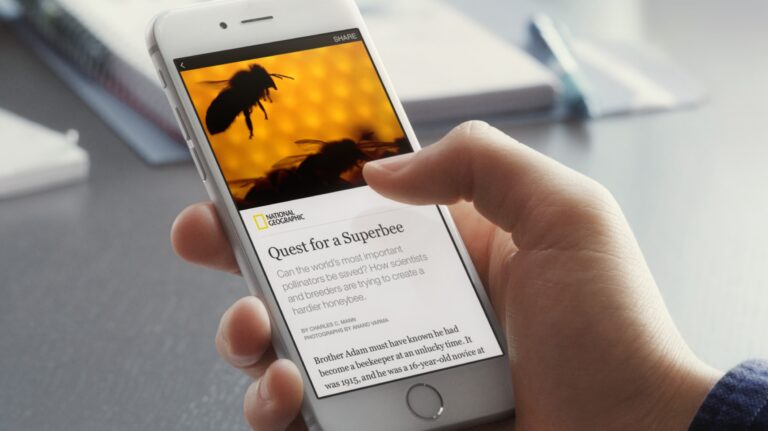Social Audio: Fad or Future?

Brands and businesses are looking to connect to their audiences online are working hard on established platforms like Facebook, Instagram, and YouTube.
Even government got into the game, with government to enterprise (G2E) and government to consumer (G2C) communications. These kinds of connections have been vital throughout the pandemic; and they’ll continue to be, as we come out of this crisis.
To build and strengthen rapport, live streaming videos with interactive chat have become the norm. They are being used together to foster organic interaction.
Truth be told, a lot of social media activities that can be generated on video very easily. Anyone who’s got a laptop or a phone with a good camera can start streaming right away. With some talent, resources, and and some effort, you can channel an Instagram Story into a full-fledged Instagram TV (IGTV); or stream on YouTube and Facebook, allowing you to reach live and non-live audiences.
Audio, Not Just Video
There has never been as much fervent activity on social as there is now. People stayed home and couldn’t go out during the pandemic. This created a need for closer, warmer, and more genuine connections. So people had more time – and made more time – for staying connected.
Together, these conditions allowed for the rise one of the year’s biggest trends, that’s rising alongside video: social audio.
We’re not talking about podcasting, which is both a content marketing strategy, as well as a brand-new marketing channel of its own. We’re talking about invite-only apps such as Clubhouse, which, as of today, is only on Apple’s iOS, much like Instagram in the early days.
Personalities such as Mark Zuckerberg; Shane Parrish; Wiz Khalifa and MC Hammer(!); Elon Musk; and Oprah are on it. Topics vary widely, just like the size of the audience.
For now, you have to get on the waiting list to receive an invite while its founders prepare to deploy it on Android and other platforms. Or you can ask your friends with an iPhone to share one of their own three precious invites.
Then there’s Twitter Spaces, which is sort of like Clubhouse. You’ll see Twitter Spaces conversations pop up along your line of “fleets” (ephemeral tweets) – right about your Twitter timeline – if anyone you’re following is live.
There are speakers, and there are listeners; and you can volunteer to speak if you want, or react socially using emoticons, just like on other platforms.
Although it’s been officially running since December of 2020, only a few invited and verified Twitter users have been allowed to host conversations on the platform. Bloomberg ran a big story about how Twitter was in talks to buy Clubhouse for US$4 billion, and the deal fell through.
Lessons Learned from Live Audio’s Marketing Potential
The potential of social audio for marketers is just waiting to be discovered. Might Clubhouse meetings become the new B2B or B2C virtual tabletop meetings one schedules when visiting a trade show? The host to breakout sessions underneath a multi-day, multi-speaker conference?
One of the big differences between podcasting and social audio/live audio is how communication is directed. Podcasting is like radio. It can be consumed on-demand, but essentially it’s a form of one-way communication.
Social audio, on the other hand, allows for interested audiences to engage in real-time conversations with all kinds of personalities. As a form of content, social audio can provide context to a topic through voice intonation, the style of content delivery (formal/informal), and the energy created between speakers and listeners/responders.
It’s easy to see future conversations hosted by thought leaders, or a range of talks organized by mass or micro influencers who’ll talk about products or issues that are relevant to brand audiences.
It will also be possible to leverage social audio for premium access events, not to mention more traditional forms of sponsorship that can be thrown into the mix, such as radio ads or sponsored messages at the beginning, middle, or end of the conversation.
Just like a lot of podcasts on Spotify or Apple, you can also connect listening events to messaging platforms like WhatsApp and Telegram, where your message can be amplified even further.
Getting into New Social Media
Pinpointing which of the emerging social platforms is for you takes some research and experimentation, but could pay off in the long-term if you are willing to explore some of these advantages.
Understanding the platform’s appeal. Does the platform connect with key segments of your target markets? Would your content activities and discussions on this platform resonate with them?
Making content that fits. Does your brand adapt to text, images, or audio? If it does, are you willing to invest in regular content that highlights your brand through the particular platform?
Early mover advantage. If you have time to set up, create content, and build audiences ahead of the competition, go for it.
Target audience fit. Your most important criterion should obviously be target audience. If you make your presence felt on a particular platform, will your audience be there, or will you be able to draw them there?
In-house marketing teams and digital marketing agencies should carve some time out of their schedule every month to explore developing platforms, build content, engage in community building efforts, and evaluate the results at the end of a few months.
And then there’s Houseparty, which, like Clubhouse, has been around for five years, but has been gaining traction only now. It’s like Zoom for friends (except Gen X and Gen Y still prefer using Zoom for social gatherings).
Houseparty being positioned as Gen Z’s answer to Twitch – which has a hold on live video game streaming; but both are now about sharing music, video like you see on TikTok, or “in the moment” streams that keep going for as long as you wish to stay online. The big limit to this platform is that it’s really meant for friends, as only eight people can chat together in a room.










